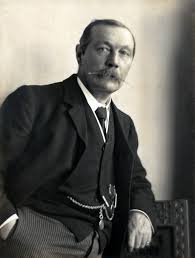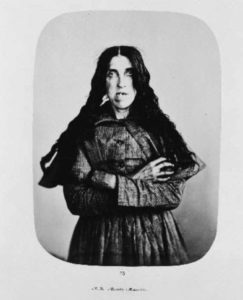
Sir Arthur Conan Doyle
Though modern readers can find old treatments for mental health laughable, they made sense to a generation just beginning to move away from even more archaic thought on the topic. Victorian-era conceptions about “madness” are wonderfully illustrated in Sir Arthur Conan Doyle’s Sherlock Holmes stories. Doyle had a medical degree (University of Edinburgh, 1881) and had practiced medicine before writing these mysteries, so his presentation of mental illness and its causes likely reflected his own, educated views on it.
Rather than look at madness as a permanent state deriving from physical roots, newer thought allowed for events like shock, overwork, and stress to precipitate bouts of insanity that could hopefully prove temporary if given correct–and timely–care. This idea played out well in “The Adventure of the Naval Treaty.” In the narrative, a young man in a trusted position lost valuable papers and felt himself ruined over it. He tells Holmes and Watson that upon trying to go home after his discovery: “I had a fit in the [train] station, and before we reached home I was practically a raving maniac.”

Illustration from Doyle’s Story Concerning Temporary Madness

Woman Admitted to Bedlam Hospital for Acute Mania, courtesy The Sun
He went on to tell the two that he had been “raving with brain fever” for nine weeks, but that with the tender care of his fiance and doctor, he had just recovered his reason. This episode clearly fit the modern idea that shocks and emotional turmoil could cause insanity–and that so-called acute (recent/short) episodes of insanity, if acted upon quickly, could be cured.